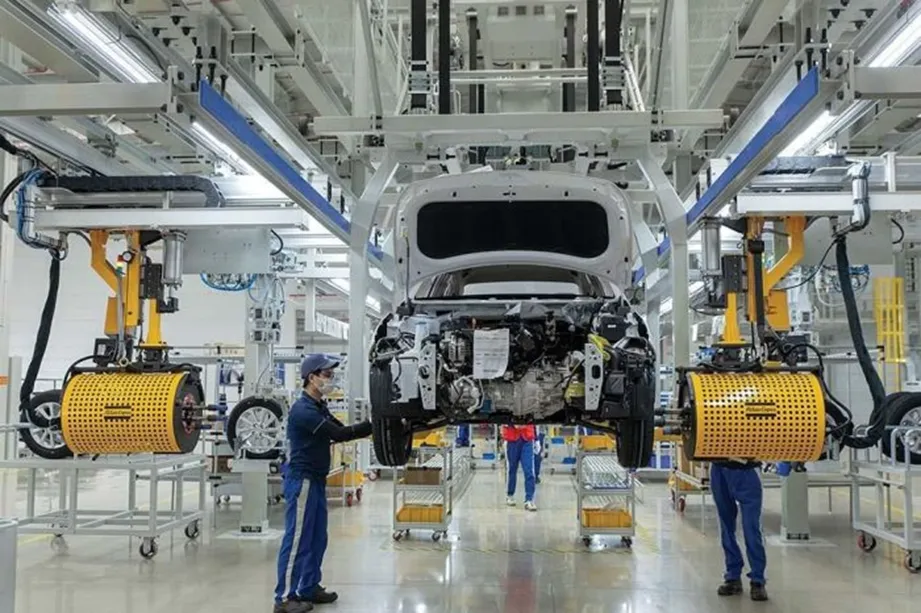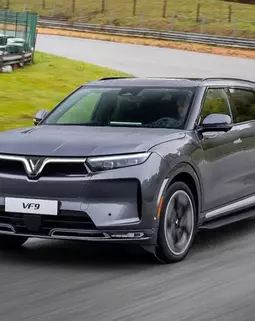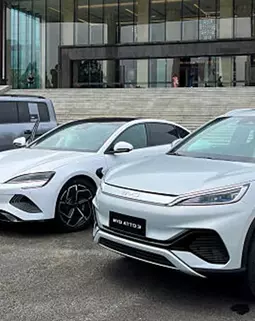This guest article is brought to you by VietWheels. In this article, Vietnam’s automotive sector is examined, along with the opportunities and challenges it faces in a market that is changing quickly.
With rising rates of local procurement, assembly, and domestic manufacture, Vietnam’s automotive sector has seen substantial changes recently. The sector does, however, confront a number of difficulties, such as low local procurement rates, expensive taxes and fees, and intense competition from imported automobiles.
Vietnam’s Car Manufacturing and Assembly:
In 2022, Vietnam manufactured about 755,000 cars annually, of which 35% were made by FDI companies and 65% by native companies. To satisfy the rising demand for automobiles in the Vietnamese market, well-known firms including Truong Hai Auto (THACO), Hyundai Thanh Cong Vietnam (HTC), and GELEXIMCO have made investments in state-of-the-art assembly lines and alliances with foreign brands.
Challenges in the Face of Economic Downturn
Vietnam is clearly experiencing the major macroeconomic repercussions, both domestically and globally, notwithstanding the automobile industry’s noteworthy accomplishments in 2022. Global GDP growth is predicted to slow in 2023, while the Central Institute for Economic Management (CIEM) predicts lower GDP growth rates for Vietnam than in 2022. The difficulties facing the sector are being made worse by consumers delaying the purchase of luxury items like cars due to the high consumer price index (CPI).
Furthermore, with the recent US tariff announcements on Vietnamese imports, the future demand and supply remains uncertain for now. The significant increase in US tariffs to can be a serious problem for Vietnam’s car imports in the near future.
Competition from Imported Vehicles
In the next seven to ten years, countries that are members of the CPTPP and EVFTA will also pose a serious threat to Vietnam’s automobile market, particularly fully manufactured vehicles from ASEAN countries like Thailand and Indonesia.
Government Support & Policies
The Vietnamese government has established goals for the auto sector, such as exporting 90,000 cars and $1 billion worth of auto parts by 2025. However, short-, medium-, and long-term promotional plans will need to be put in place in order to accomplish these aims. Supporting the expansion and competitiveness of the sector is the goal of the government’s “Strategy for the Development of the Vietnamese Automobile Industry by 2025 and Vision to 2035.”
Summary:
The automotive sector in Vietnam is at a turning point, with both opportunities and difficulties to be faced. The industry has numerous challenges, such as economic headwinds, competition from imported automobiles, and the requirement for higher local procurement rates, even though domestic manufacturing and assembly have increased.
For the sector to overcome these obstacles and take advantage of the rising demand for automobiles in the Vietnamese market, the government’s assistance in the form of focused policies and investments would be essential. Long-term success in the sector will depend on its ability to adjust to shifting consumer tastes and technology breakthroughs.
We hope this Vietwheels article was insightful. Please visit our News and Articles page to read more blogs about news, trends and insights about car sales in Vietnam.





